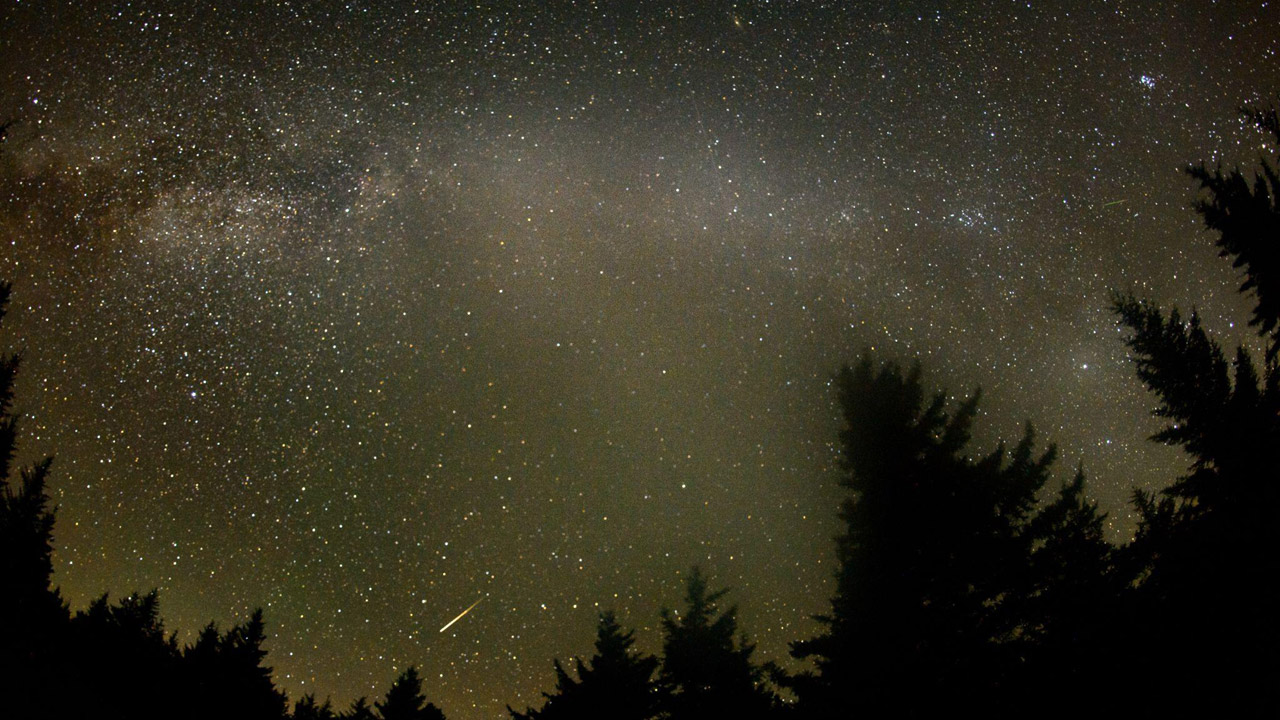Perseid meteor shower to peak this week amid new moon
 CREDIT: NASA
CREDIT: NASAA Perseid meteor shown in the sky, 2016.
On Aug. 8 at 9:50 a.m., we entered a new moon and to follow is the Perseid meteor shower that will take place from Aug. 12-13. With the arrival of the new moon, the forecast is supposed to be really good for viewing the meteor shower on Wed. or Thurs. night.
A new moon, despite popular belief, does not include vampires and werewolves, but does happen when the sun and moon are close together as seen from Earth, but is not visible during the night.
The Perseids are millimetre sized dust particles, which enter the atmosphere at a hypersonic speed 60km/second. For something so small, they gain immense amounts of energy when they collide with air molecules, electrons from the atmospheric atoms. Those released from the meteoroid can be excited or even ripped away entirely from their host atom and this makes atoms glow.
Dr. Denis Vida, a meteor physics postdoctoral associate at Western University said we can all expect a good show.
“If you happen to find yourself outside of the city or perhaps on a beach on Wednesday or Thursday night, look up!” he said. “Every couple of minutes or so you will see a bright meteor zipping across the sky.”
The Perseids shower occurs annually when the earth passes through a trail of debris left by the 109P/Swift-Tuttle comet, which began July 14 and will conclude on Aug. 24. When the peak occurs, we could see 50 to 100 meteors an hour, and the new moon will play a big role in helping us see them even more clearly.
“The new moon simply means that it will not interfere with observations of the perseids,” said Vida. “If the moon was full (i.e. completely illuminated by the sun), the sky at night would not be very dark and that would reduce the number of observed meteors.”
The best time to view the meteor spectacle is Aug. 11 or 12 after 10 p.m., and most meteors can be seen just before sunrise at around 4 a.m.
According to NASA, the “Perseids frequently leave long ‘wakes’ of light and color behind them as they streak through Earth’s atmosphere.”
The best place to observe the Perseids is outside of the city in a place without many lights. The best way to observe them is to sit in a chair and look north or south at a 45-degree angle.
















